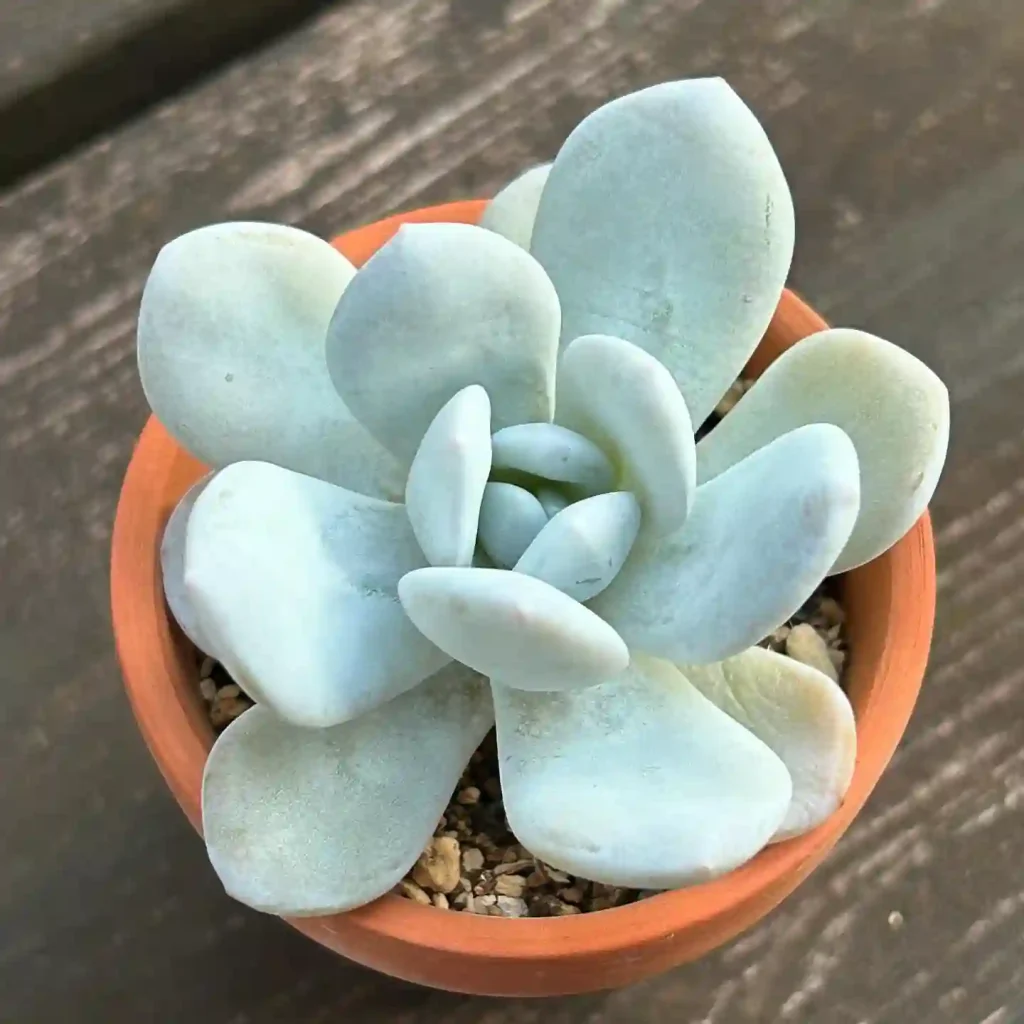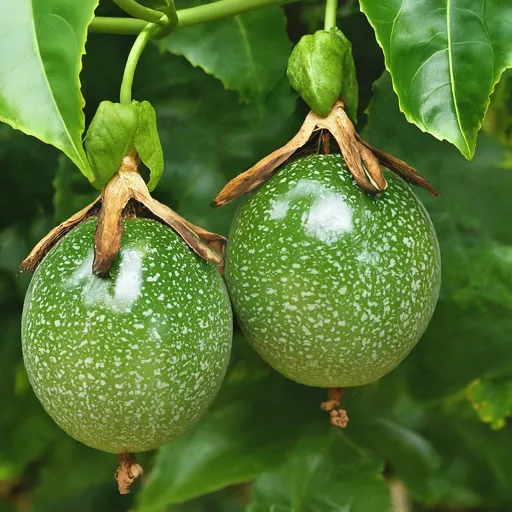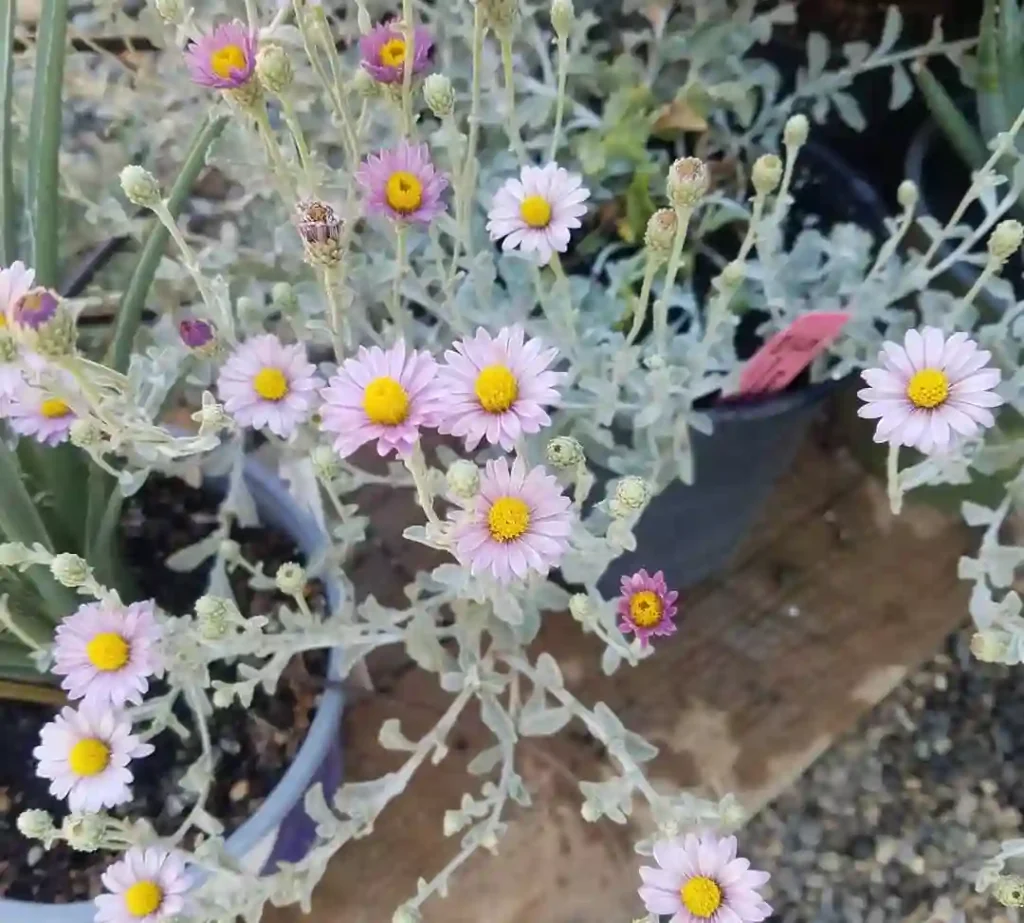My Fascination with the Delicate Twinflower (Linnaea)
As a botanist, I’ve always been drawn to the subtle beauties of the natural world. While vibrant orchids and towering redwoods command attention, it’s often the unassuming plants that capture my heart. One such plant is the Linnaea, a delicate genus of subshrubs belong to the Caprifoliaceae family, known for its understated elegance and fascinating history.
A Humble namesake
The Linnaea genus is unique, housing only a single species: Linnaea borealis. This charming plant, commonly known as the twinflower, is a testament to the interconnectedness of nature and the legacy of scientific discovery. Named after the renowned botanist Carl Linnaeus, the father of modern taxonomy, the twinflower held a special place in his heart. It seems fitting that this humble plant, with its delicate pink blossoms and trailing growth habit, would be the namesake of the man who brought order to the natural world.
Linnaeus, a Swedish botanist, revolutionized the way we classify organisms. His binomial nomenclature system, which uses two Latin names to identify each species, is still used today. He was so fond of the twinflower that he included it in his personal coat of arms. This enduring connection between the botanist and his beloved plant speaks volumes about the power of observation and the profound impact nature can have on the human spirit.
A closer look at Linnaea borealis
The twinflower is a creeping, woody plant that thrives in the cool, moist understory of boreal forests. Its slender stems weave through the moss and leaf litter, creating a delicate tapestry of green. In late spring and early summer, the plant produces pairs of small, bell-shaped flowers that dangle gracefully from slender stalks. These pale pink blossoms, often tinged with a touch of purple, exude a subtle fragrance that adds to the enchanting atmosphere of the forest floor.
The twinflower’s distribution is as fascinating as its namesake. It’s a circumboreal species, meaning it’s found throughout the northern regions of North America, Europe, and Asia. This wide distribution is a testament to the plant’s adaptability and resilience. It can tolerate a range of environmental conditions, from the cold, snowy winters of Canada to the milder climates of Scotland.
Can Linnaea borealis grow in Oklahoma?
This was the first question that nagged at me. The answer, unfortunately, is a bit complicated. While Linnaea borealis wouldn’t flourish in the unforgiving Oklahoma summers, there might be a glimmer of hope. With careful planning and microclimate manipulation, it could be possible to cultivate it in specific areas.
Here’s the key: mimicking the cool, shady environment the twinflower prefers. This might involve creating a shaded area under taller trees, amending the soil with plenty of organic matter to increase acidity and moisture retention, and providing consistent watering during the hotter months. It’s a delicate dance, and success hinges on replicating its natural habitat as closely as possible.
Where can I buy Linnaea borealis?
If you, like me, are determined to cultivate this enchanting flower, acquiring it might pose another challenge. Linnaea borealis isn’t as readily available as some common garden plants. However, there are a few options to explore:
- Native Plant Nurseries: These specialize in regional flora and might carry the twinflower, especially if you live in areas with a more suitable climate.
- Online Retailers: Several online retailers specialize in rare and unique plants. A quick web search with “Linnaea borealis for sale” might lead you to a reputable source.
- Plant Exchanges: Connecting with gardening communities and participating in plant swaps or exchanges can be a fruitful way to find this elusive flower.
How to care for Linnaea borealis?
Assuming you manage to acquire this delicate beauty, the next step is providing it with the care it needs to thrive. Here’s a glimpse into the ongoing dance of cultivating Linnaea borealis:
- Light: Mimic its natural habitat by providing dappled sunlight or shade. Harsh afternoon sun can be detrimental.
- Watering: Consistent moisture is key, especially during dry spells. Aim for well-draining soil that retains enough moisture.
- Soil: Acidity is crucial. Amend your soil with composted leaves, peat moss, or other organic matter to create an acidic environment.
- Winter Protection: While Linnaea borealis is cold-hardy, extreme winters might require protection. Mulching around the base of the plant can provide insulation.
What to Plant with Linnaea borealis?
Since Linnaea borealis thrives in a cool, shady environment, consider companion plants that share similar preferences. Ferns, mosses, and hostas can create a harmonious woodland-inspired tapestry.
How to Propagate Linnaea borealis?
Propagating Linnaea borealis can be a test of patience. Here are a couple of methods to consider:
- Division: If your existing plant has formed a good clump, carefully divide it in the spring or fall. Ensure each division has sufficient roots and shoots.
- Seed Propagation: This method takes longer but can be rewarding. Seeds require stratification (exposure to cold temperatures) to germinate successfully. Research best practices for seed collection, storage, and stratification for Linnaea borealis.
Conclusion
In a world that often values the bold and the showy, the twinflower stands as a testament to the beauty of subtlety. It’s a plant that whispers rather than shouts, inviting us to appreciate the quiet wonders of the natural world. As I continue my journey as a botanist, I’m certain that the Linnaea genus, with its singular and captivating species, will continue to inspire and intrigue me.
If i die, water my plants!



